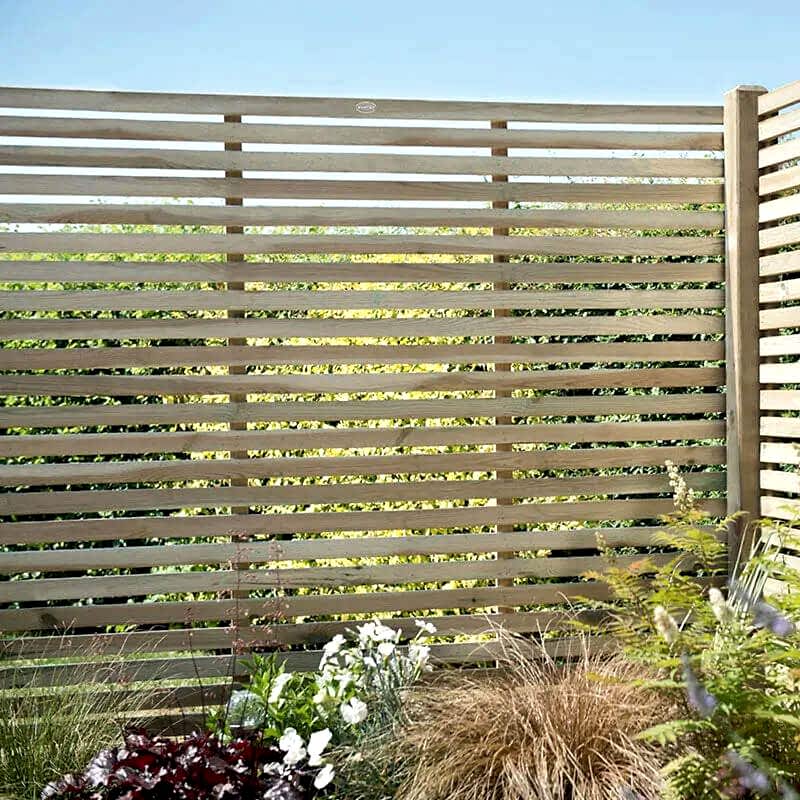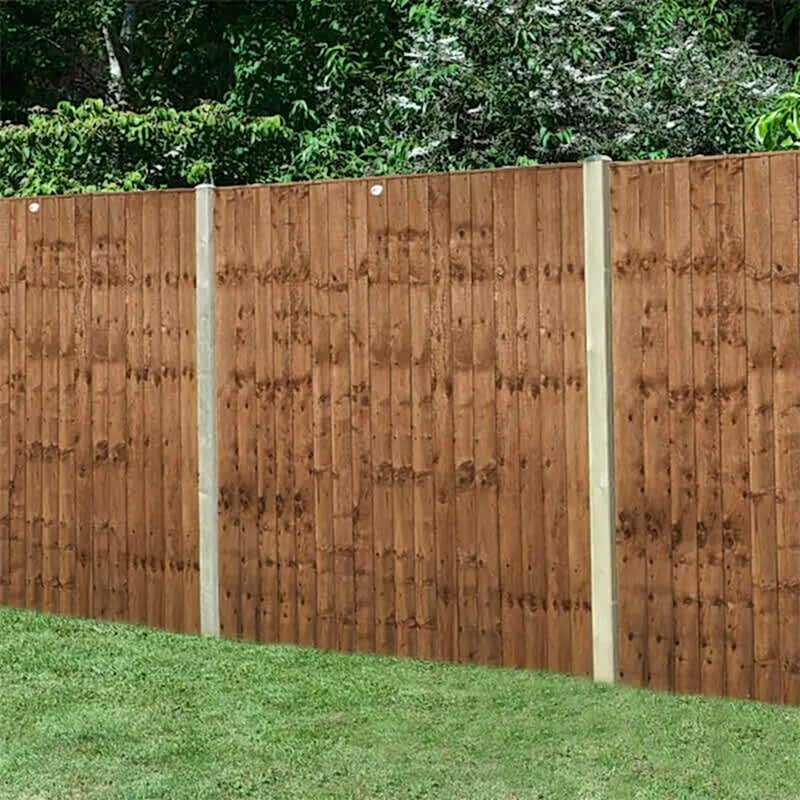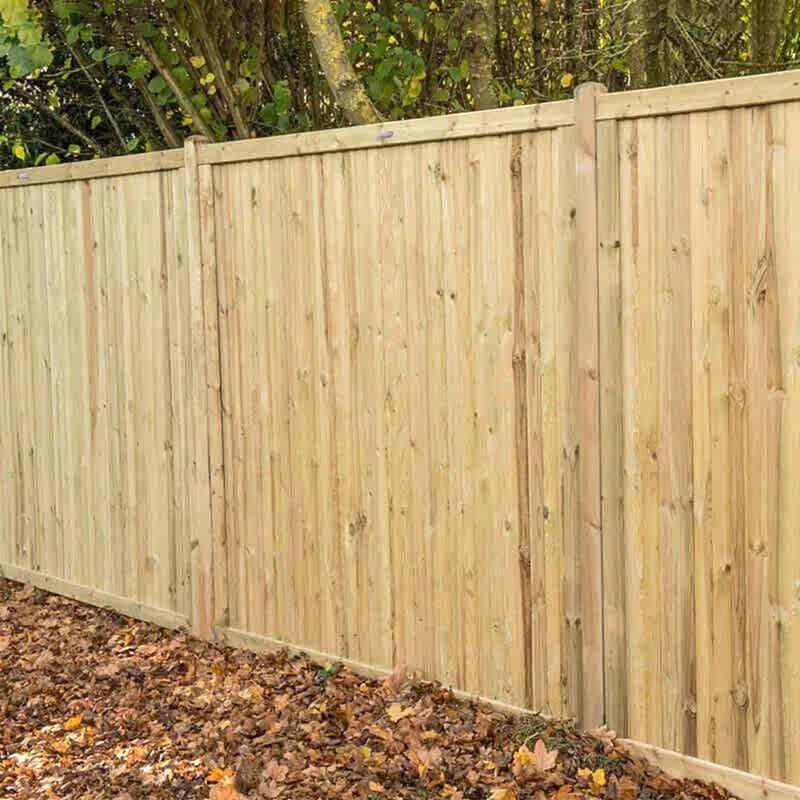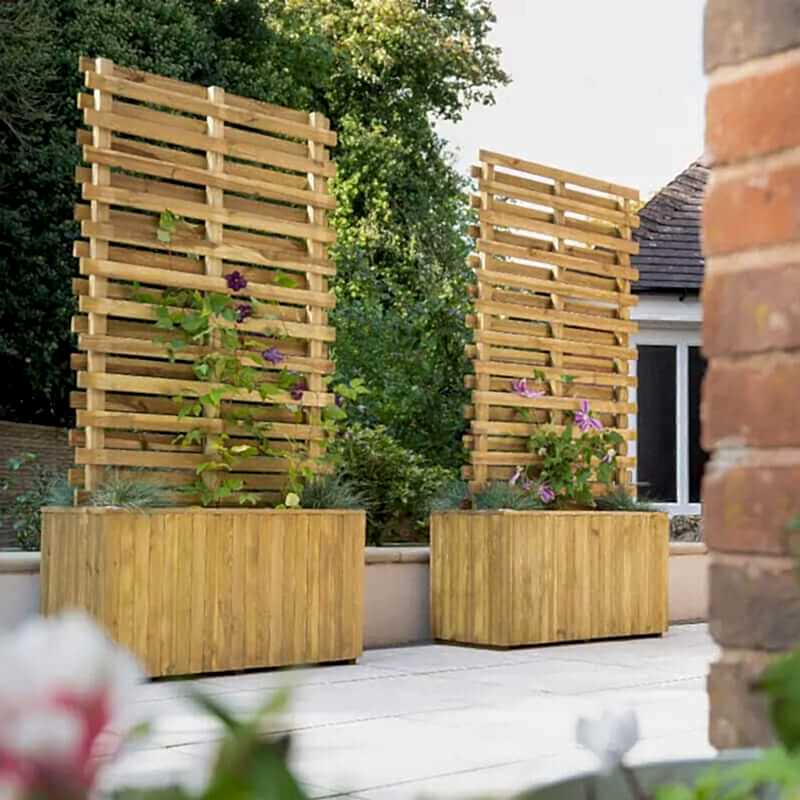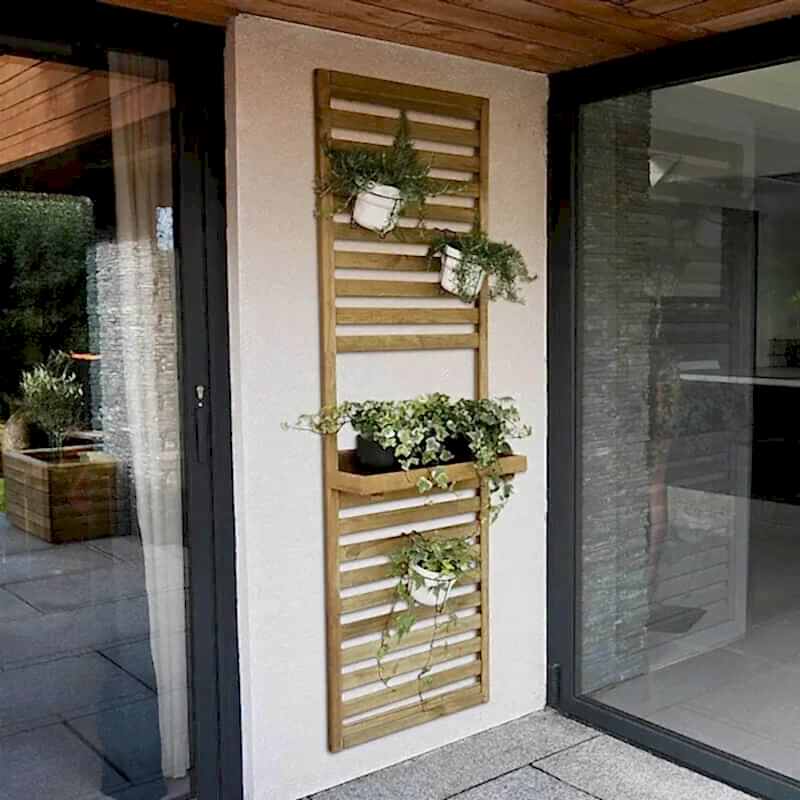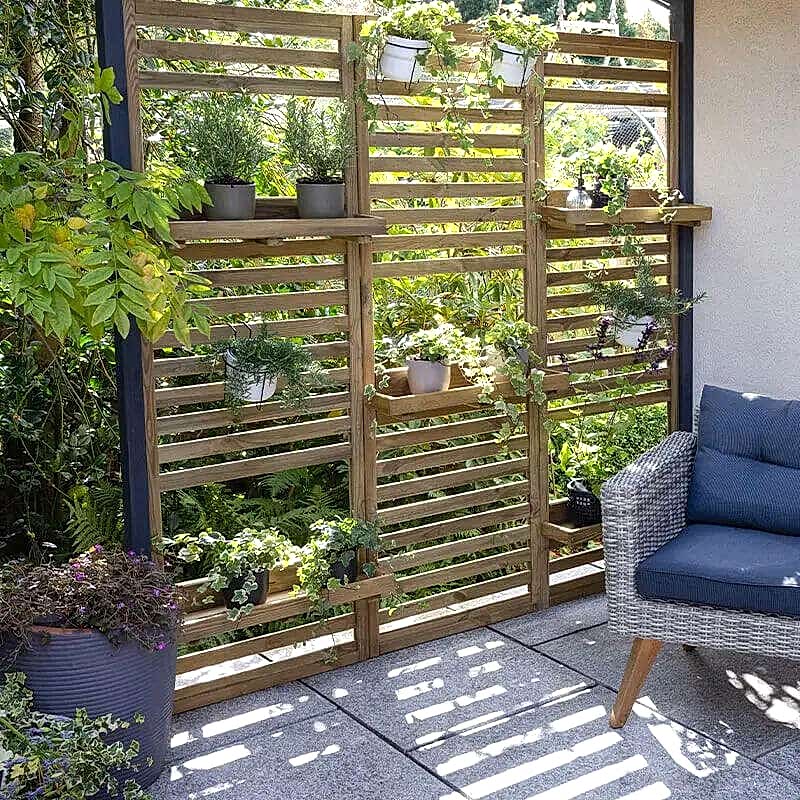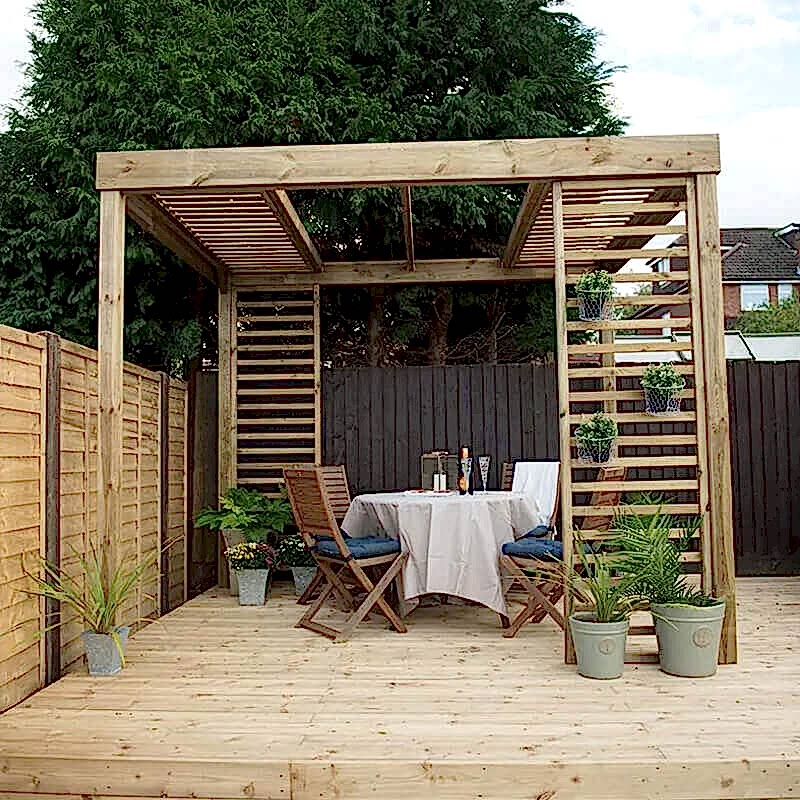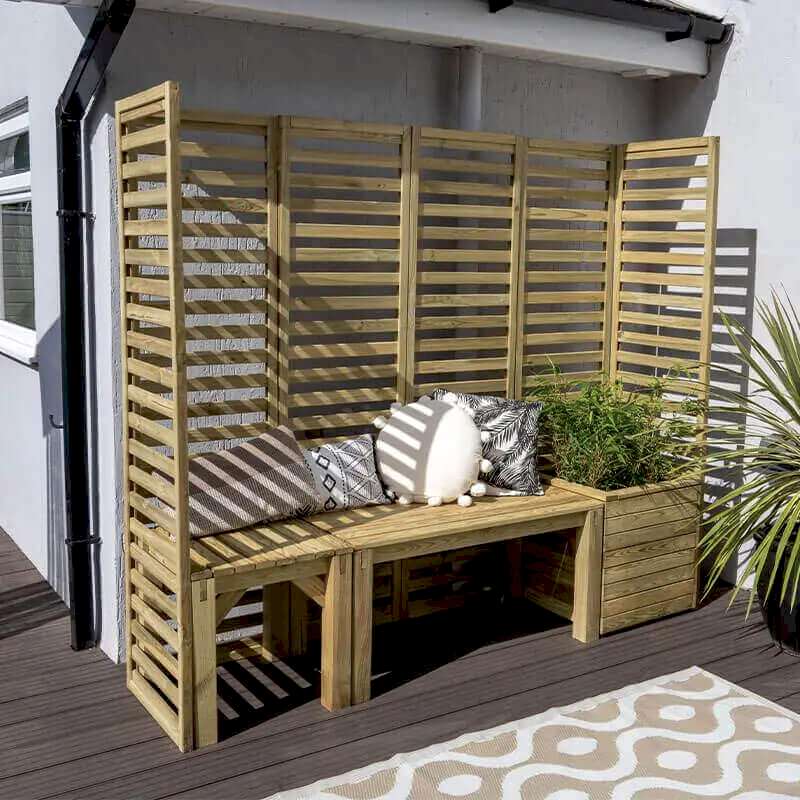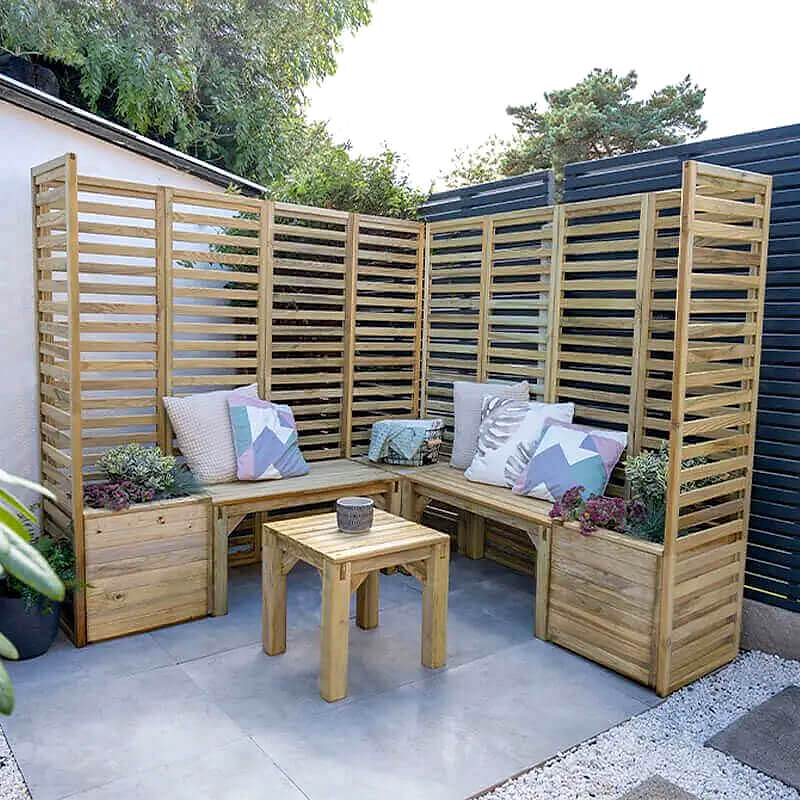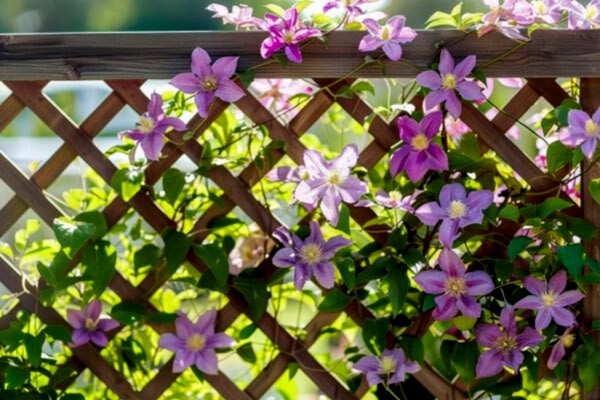
Vertical gardens are an underused resource and a concept for a space that you likely already own. All that’s needed is to lean into plant fences and take advantage of the various growing styles, such as hanging plants on a fence and encouraging climbing plants to do their thing on fences. Adding climbing plants to a fence is usually a cheap option in the first instance and can produce flowers, fruits or greenery without the need for ground space.
Choosing the right climbing plants for fences
This requires research, but do not worry as we have done the research for you! Read on to learn more about these special plants and how they can transform even the smallest garden space.
Easy-care climbers for beginners – ideal plants for low-maintenance
Hanging plants on a fence is an easy and quick way to cover your boundary with eye-soothing foliage and flowers. Easy-care climbers for beginners that offer fast results are as follows:
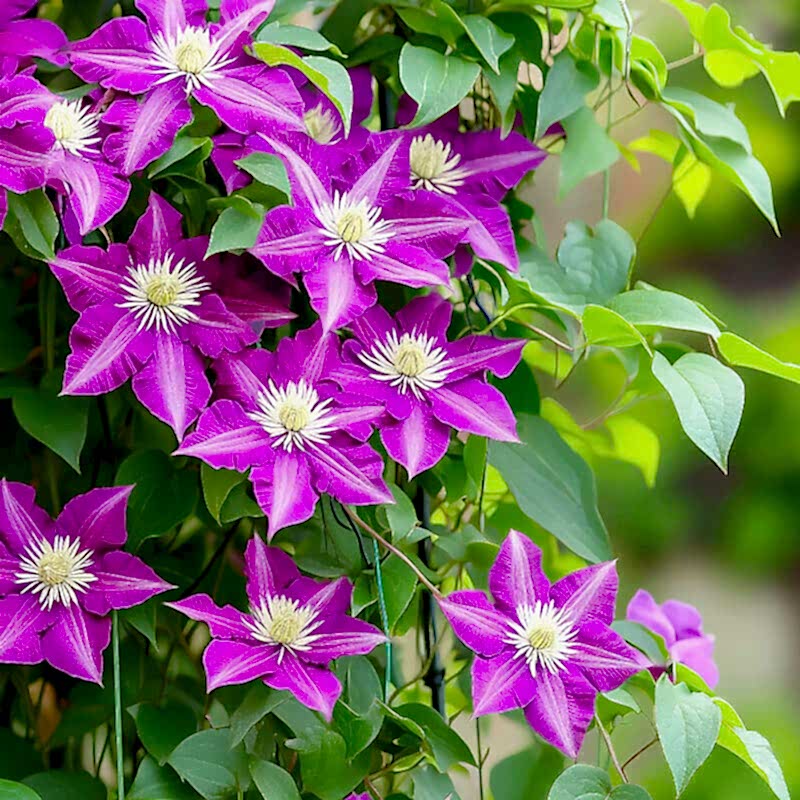

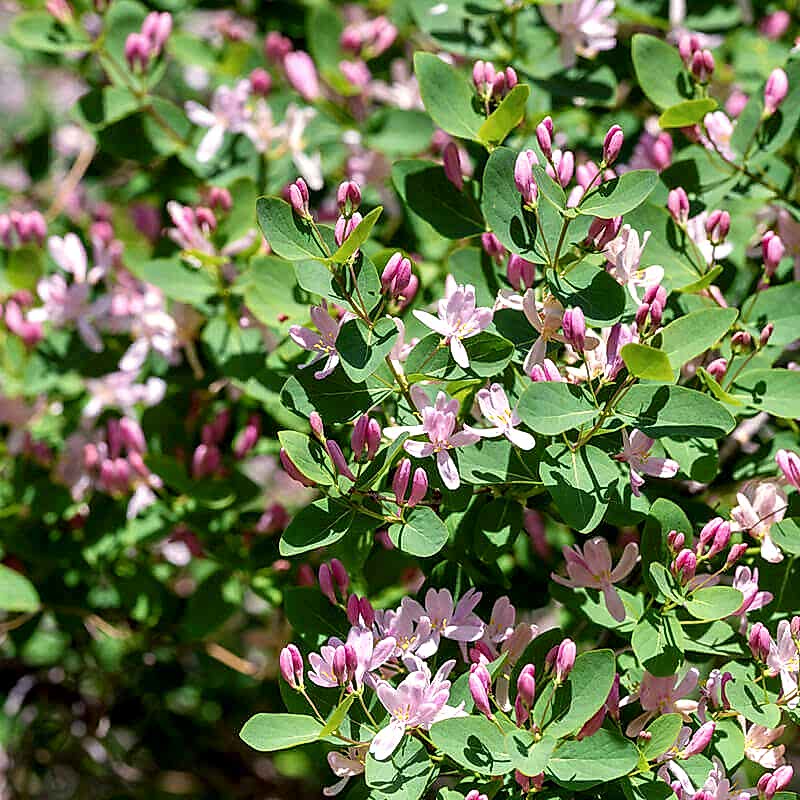

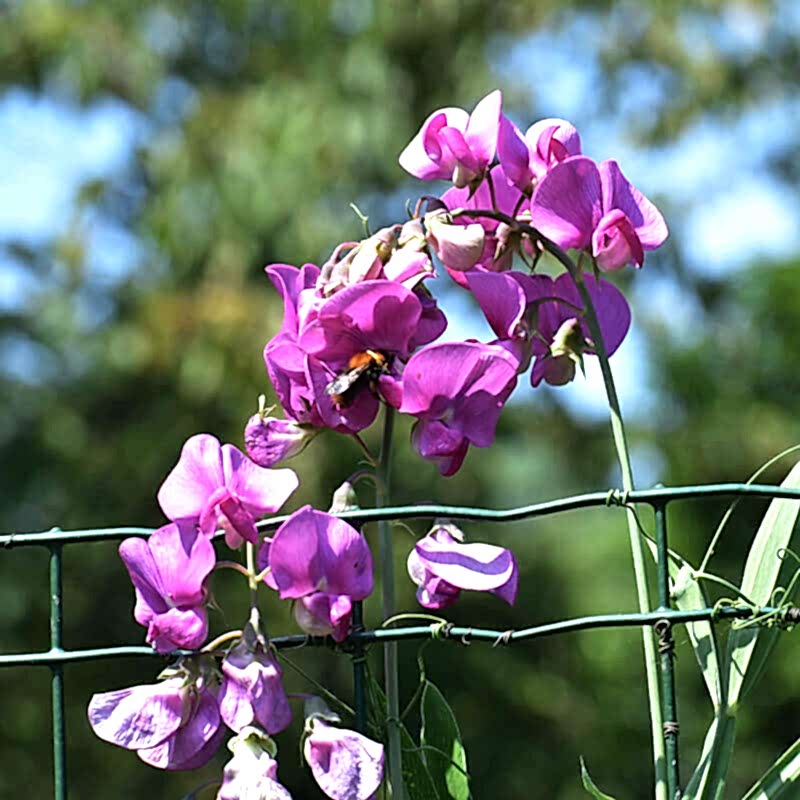

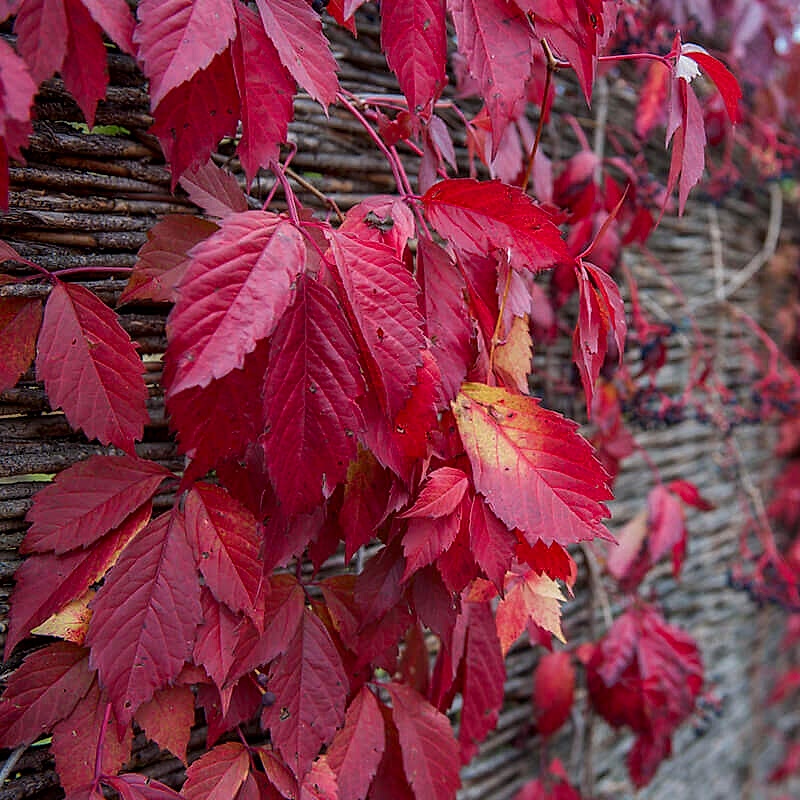

These plants make light work of creating a plant fence.
Fast-growing varieties for quick results – best picks for rapid coverage
If you are looking for rapid coverage for speedy results, look no further than Nasturtiums and Russian Vine. These plants are as vigorous as the Virginia Creeper, but with the annual Nasturtiums, you can eat the flowers, making this plant a winner by producing and offering coverage on your plant fence.
Fast-growing evergreen climbing plants for fences are a bonus to any gardener. The evergreen Clematis Armandii is the perfect plant that literally covers all bases. You could opt for Ivy (Hendra Helix), but this stuff is vigorous and invasive, and the chances are you have some of it already. Ivy is great for fast coverage, but it needs regular maintenance, or it will strangle the less hardy plants.
Preparing your plant fence for installation
Preparing your fence for plant installation is vital, as too many heavy climbers could make it unstable. Here is how we strike the right balance.
Fence types and weight capacity – understanding load limits
Successfully hanging plants on a fence requires the right type of fencing. Open slatted fences encourage vertical growth, allowing air to circulate and plants to thrive. We sell several kinds of slatted fence panels.
If you want a private boundary, choose overlap or closed board fence panels and pin your climbers to the fence with wires. Closeboard fence panels make the most effective acoustic fencing, and you can enhance their aesthetic appeal by turning it into a plant fence.
With any plant fence, be aware of the additional weight of the climbers, and consider planting your fence post deeper and your fence panels closer together. Read more about fence posts in our blog called, “How to Choose the Best Fence Posts”.
Ensuring adequate sunlight and water access
Climbing plants for fences naturally grow towards the light, but you can help the speed of their growth by choosing the right climber for the best areas in your garden.
These climbers like shade, and the others like a sunny spot:
- Shady climbers include - Ivy, Virginia Creeper, Star Jasmine, climbing Hydrangeas and Creeping Fig
- Climbers who need more sun – Passionflower, Clematis Jackmanii, Bougainvillea and Wisteria
Several plants like to be located in the middle ground, not too sunny and not too shady. These less needy climbers are found in the Clematis family. Regular watering in the summer months is necessary but not essential as these plants have deep roots.
Hanging techniques for hanging plants on fence panels
Wall-mounted planters – practical options for small spaces
Hanging plants on a fence can be as simple or elaborate as you want. Wall-mounted planters are designed to hang on fences to enable outdoor plants and shrubs to thrive. Apart from being a practical option for small spaces or gardens that do not have any uncovered earth, wall-mounted planters allow plants to grow down.
Think Tumbling Tim's or Tiny Tim, a variety of tomatoes bred to grow in wall-mounted planters or hanging baskets. These tomatoes cascade down. Choose a tomato plant called “Hundreds and Thousands”. These plants can produce many small, sweet tomatoes from a trailing vine.
Hooks, brackets, and shelving for flexible arrangements
If you do not want to use nails and wire, hanging plants on a fence requires some fixings, and these can include hooks (any repurposed hook will do) and brackets. Use a combination of wall-mounted brackets and planks of wood to create a place for your plants. Think of your fence as a place to add some colour and life to your garden, just as you would the walls in your home.
Let your imagination go plant crazy. Nothing is too much. It is your house, your garden, and your unique ideas that make a house a home, so do not hold back!
Repurposing household items for unique plant displays
A plant fence is ideal for repurposing household items for unique displays. Nothing is out of bounds. Here are some household items you may not have thought of as planters for your plant fence:
- Wellington boots
- A colander
- An old-fashioned toilet cistern (Burlington or Thomas Crapper)
- Repurposed lanterns
- Drawers from a chest
These suggestions are ideas plucked from several posts on Pinterest, but you get the overall idea.
If you want something already made, consider the following modular units that double up as garden screens, seating areas and planters:
Tips for maintaining climbing plants for fences throughout the seasons
Climbing plants are easy to look after once you water and keep them fed, pruning as and when they need a little lift to remove the dead heads and promote new growth.
Watering and fertilising – maintaining moisture levels and nutrients
With the British weather getting wetter, we do not need to worry too much about watering the climbers. Water only when the weather is hot or your garden has experienced a dry spell; otherwise, leave the climbers to their own devices.
You could use a liquid fertiliser to extend the life of your flowering plants. Tomatoes will need feeding. Maintaining the water levels and nutrients in your soil is a personal thing determined by where in the UK you live. Gardens near the sea or a river will need a different treatment to an urban garden or a garden on a hill. Your plants will tell you if they are not happy; all you need to do is listen.
Seasonal pruning – managing growth and health
Plant fences need more seasonal pruning than other plants and shrubs. Keeping your living fence healthy requires a little more care and attention than shrubs in the ground. However, you should not let seasonal pruning put you off. Think of it as a chance for the plants to grow new healthy vines and leaves.
Pruning season is usually the dormant season in late winter or early spring. Choose this time because it allows plants to recover with minimal stress and be ready for the new growing season.
Popular choices for a vibrant plant fence design
Once you have chosen the best fence panels for climbing plants, you can choose your colour scheme and design. Choose flowering vines for colour bursts, but mix them up with edible vines, adding practicality to aesthetics.
Flowering vines for bursts of colour
Choose flowering vines for a burst of colour. We have explored the available varieties above. The clever gardening trick is maintaining colour all year round.
Here is what you should choose and when you should plant it to ensure your plant fence is never bland:
- Clematis - plant a winter flowering Clematis (Clematis cirrhosa), which will produce white flowers between November and February
- Climbing rose - throw in a climbing rose (Rosa spp), blooms in late spring through to early summer
- Ivy - start with Ivy, as it is a base plant that is always green
- Passionfruit - will keep your plant fence in colour and interest right back around to the beginning of the growing year. Happy days!
- Star Jasmine - add some Star Jasmine, which will produce sweet-smelling white flowers from March to May
- Virginia creeper - layer with Virginia creeper that offers stunning red leaves between September and January
Edible plants – adding practicality to aesthetics
Eating your plants is a trend that keeps on giving. From vine tomatoes to edible flowers, edible plants add interest and can save you money. You can invest in a greenhouse or cold frame to give your edible plants the best start in life. If your garden is a concreted space with no earth, you can start a vertical garden in large planters.
Gardening is all about experimentation; what works for one garden will not work for another. The great thing about using your fence is the sense of getting something for nothing. You have the boundary fence anyway, so why not plant your breakfast on it?
If all this gardening is making you tired, fear not; you can buy a garden seat or gazebo and watch someone else do all the hard work. One more thought, trellis for climbing plants. If you fancy some trellis you must read, How to Enhance Your Garden’s Natural Beauty: The Best Trellis for Climbing Plants, it is informative and well-written.
Conclusion
Vertical gardening can be used to transform spaces big or small, from big gardens to small balconies. Hanging plants on a fence is a great way to bring beauty and practicality into your outdoor space. By choosing climbing plants for fences, you can create a lush and green backdrop that adds personality while making the most of the space.
With wall planters, planter boxes and hanging planters there’s a solution for every need, whether you want to save floor space or try out some fun DIY ideas. These add-ons allow you to grow plants easily, and add privacy, shade and atmosphere to your garden. Installing a plant fence is a great way to use what you already have to add colour, texture and even edible produce to your environment.
As you browse through the endless combinations of trailing plants, flowerpots and succulents remember it is all about finding what works for your space and style. With a little planning, the right materials and a bit of creativity your vertical garden will flourish and bring joy for years to come.
Contact Us
Here at Buy Fencing Direct we can help you transform your outdoor areas with vertical gardens which combine beauty and functionality in even the smallest of garden spaces.
Hanging plants on a fence is an easy way to add greenery and privacy, climbing plants for fences can create a beautiful and practical design. Whether you choose planter boxes, wall planters or fence planters you will find an option to bring your plant fence to life.
Contact us to discuss your options in the following ways:
- Phone Calls – reach us today by calling 0333 003 0515
- e-Mails – send us a message using our contact form
- Text Chat – use our live chat feature for instant text chat. This is accessible using the orange icon, which is located at the bottom left of the screen





